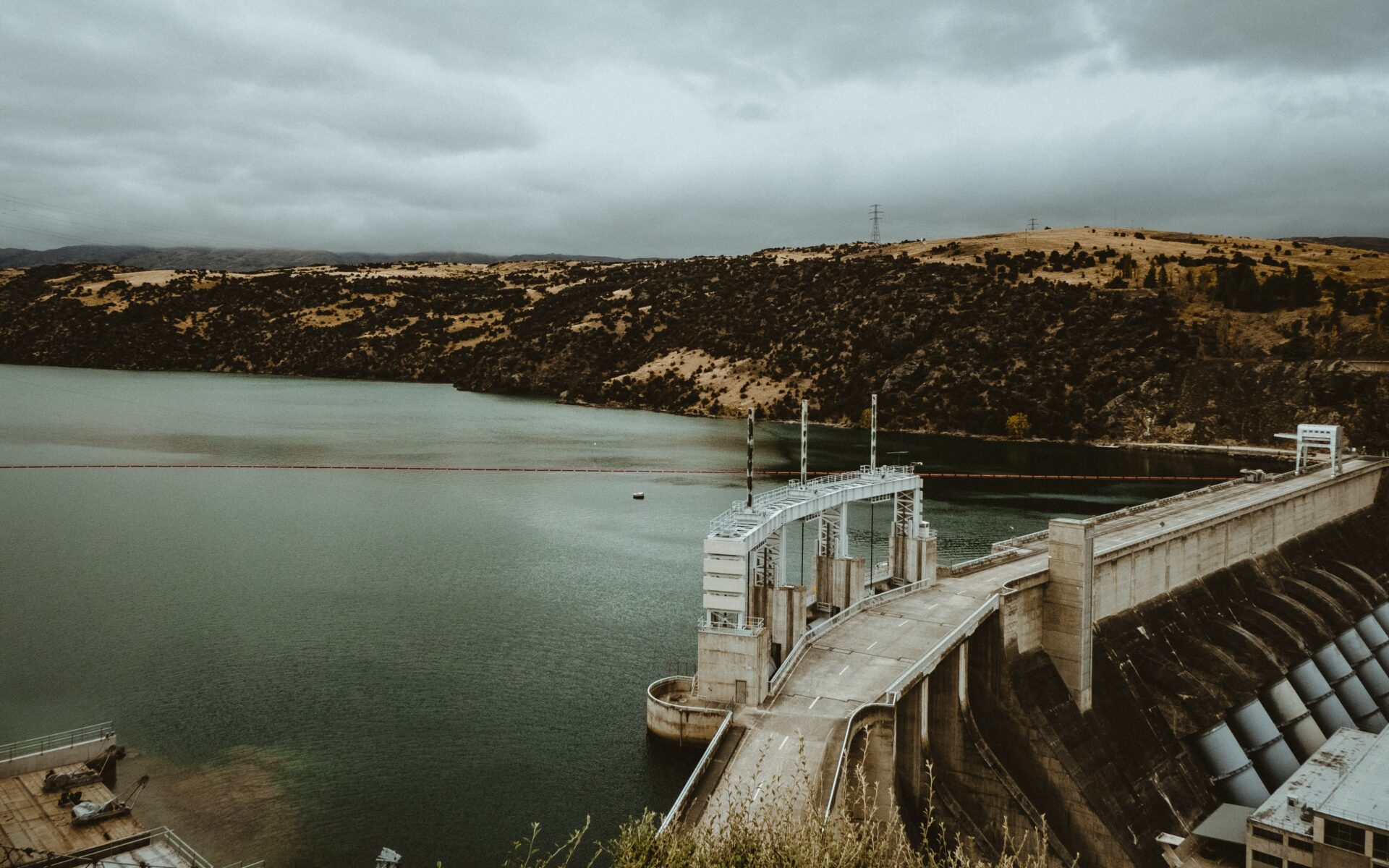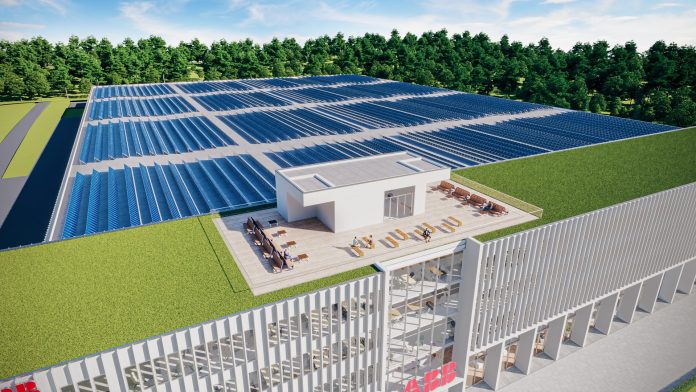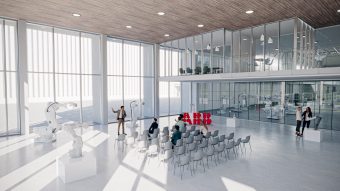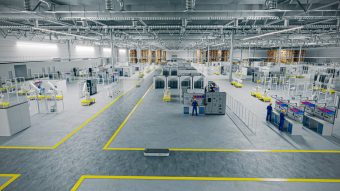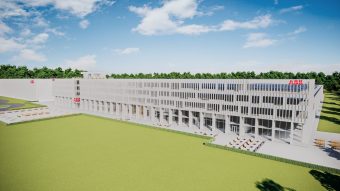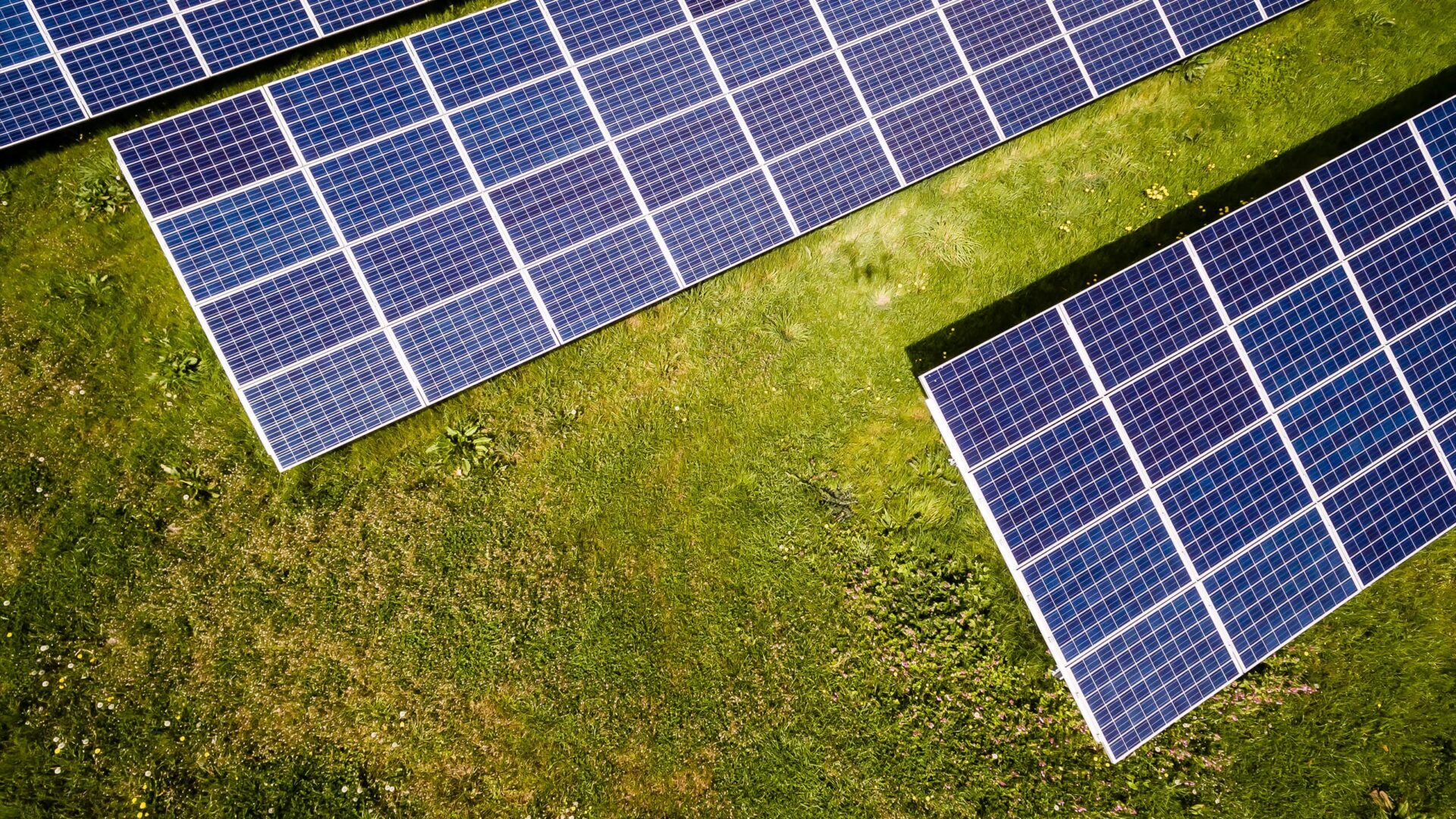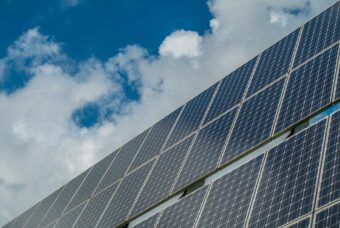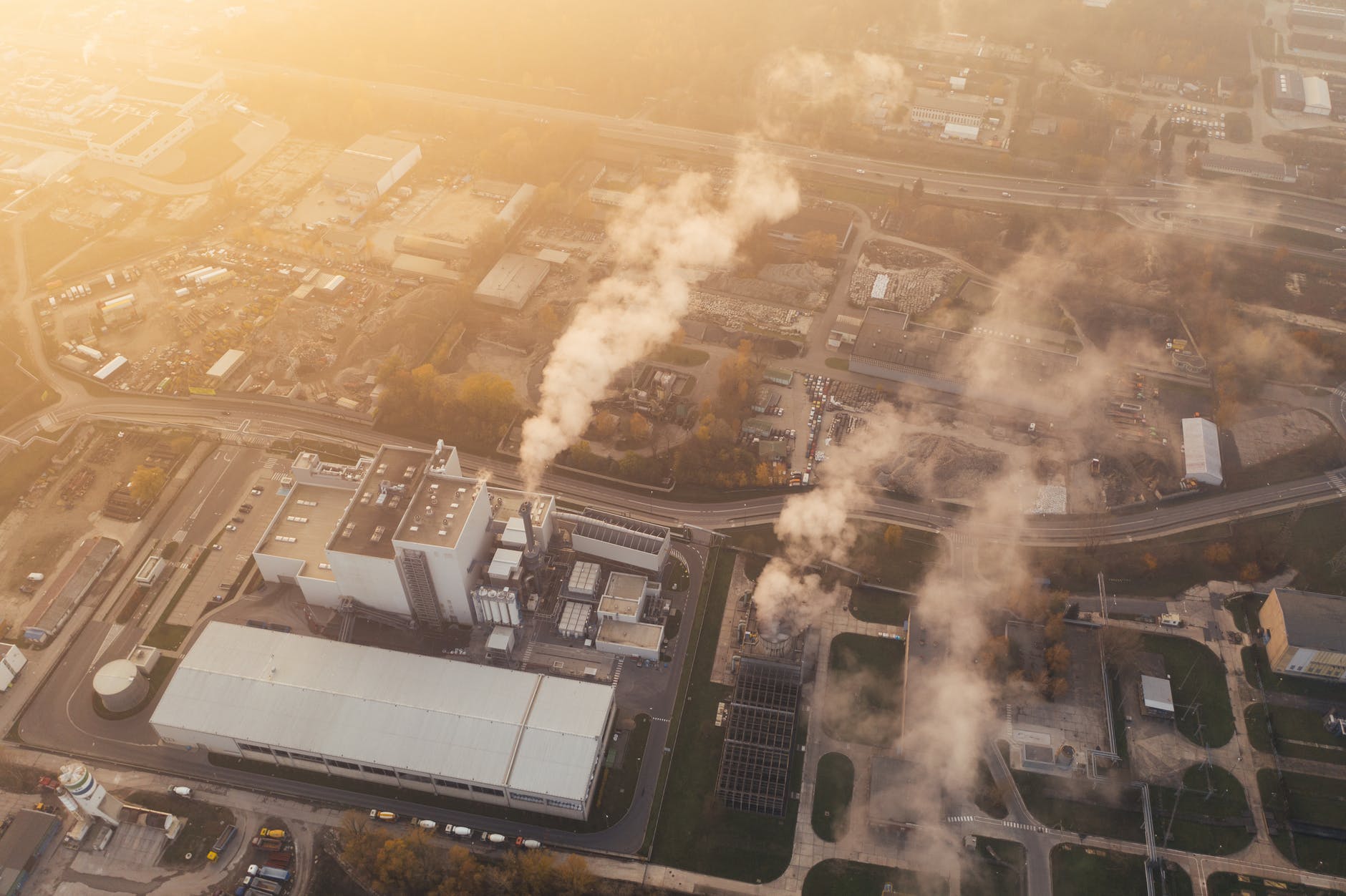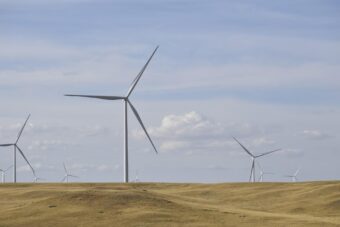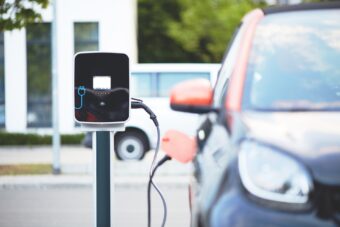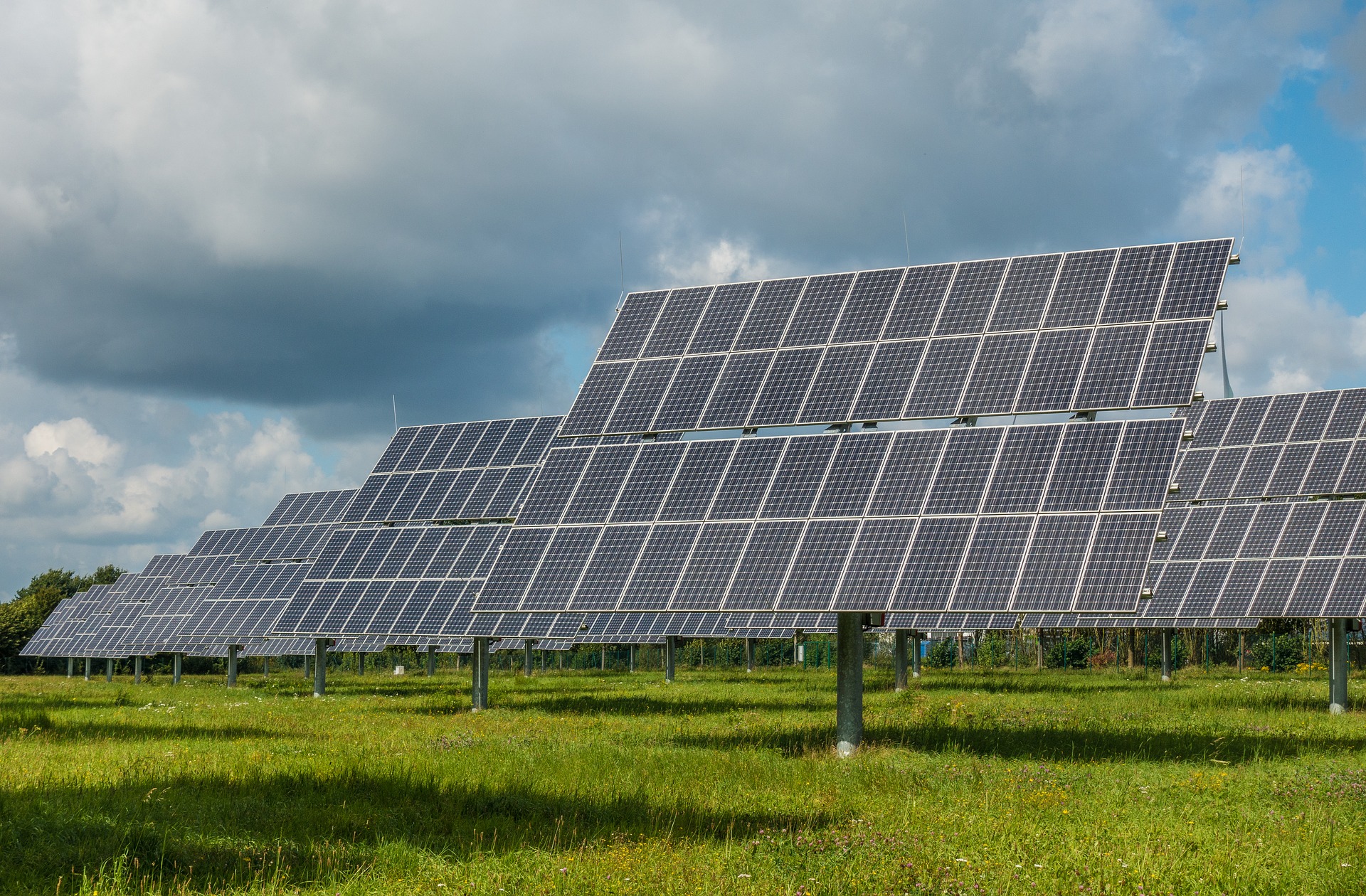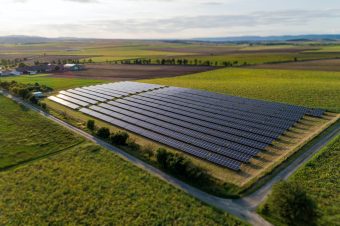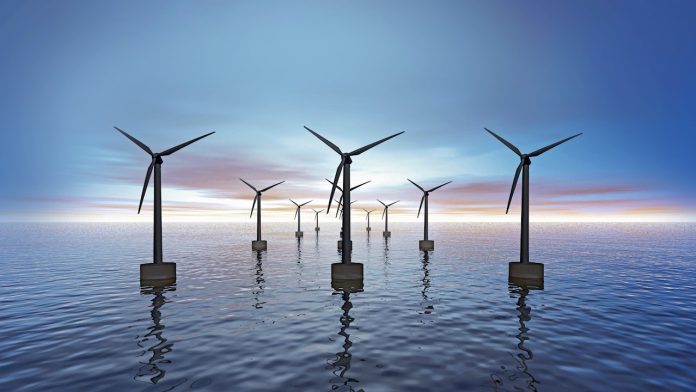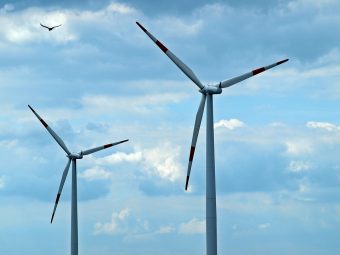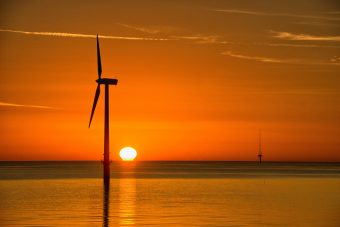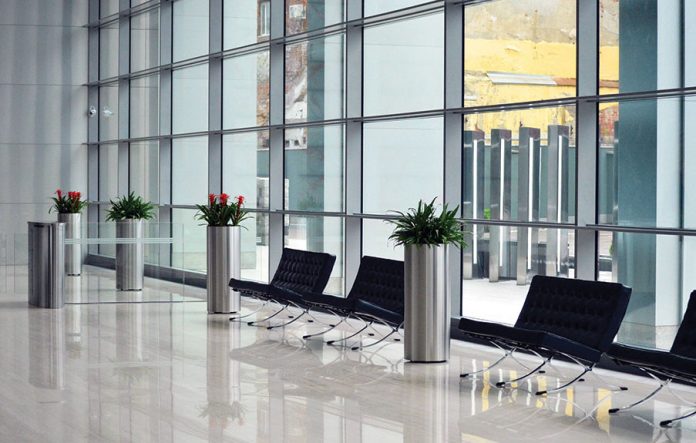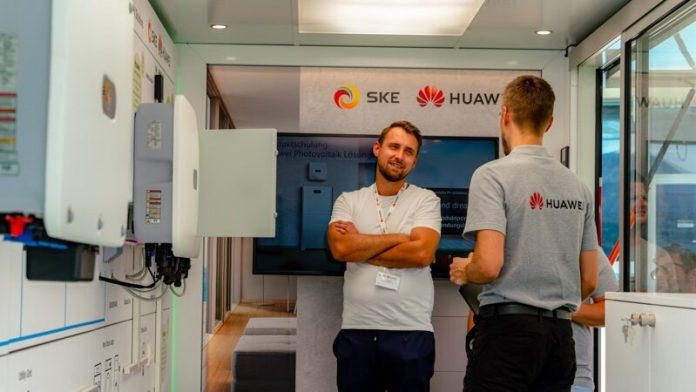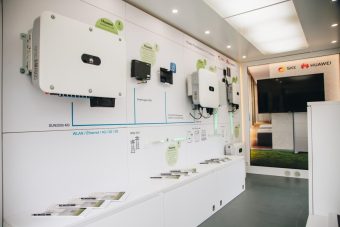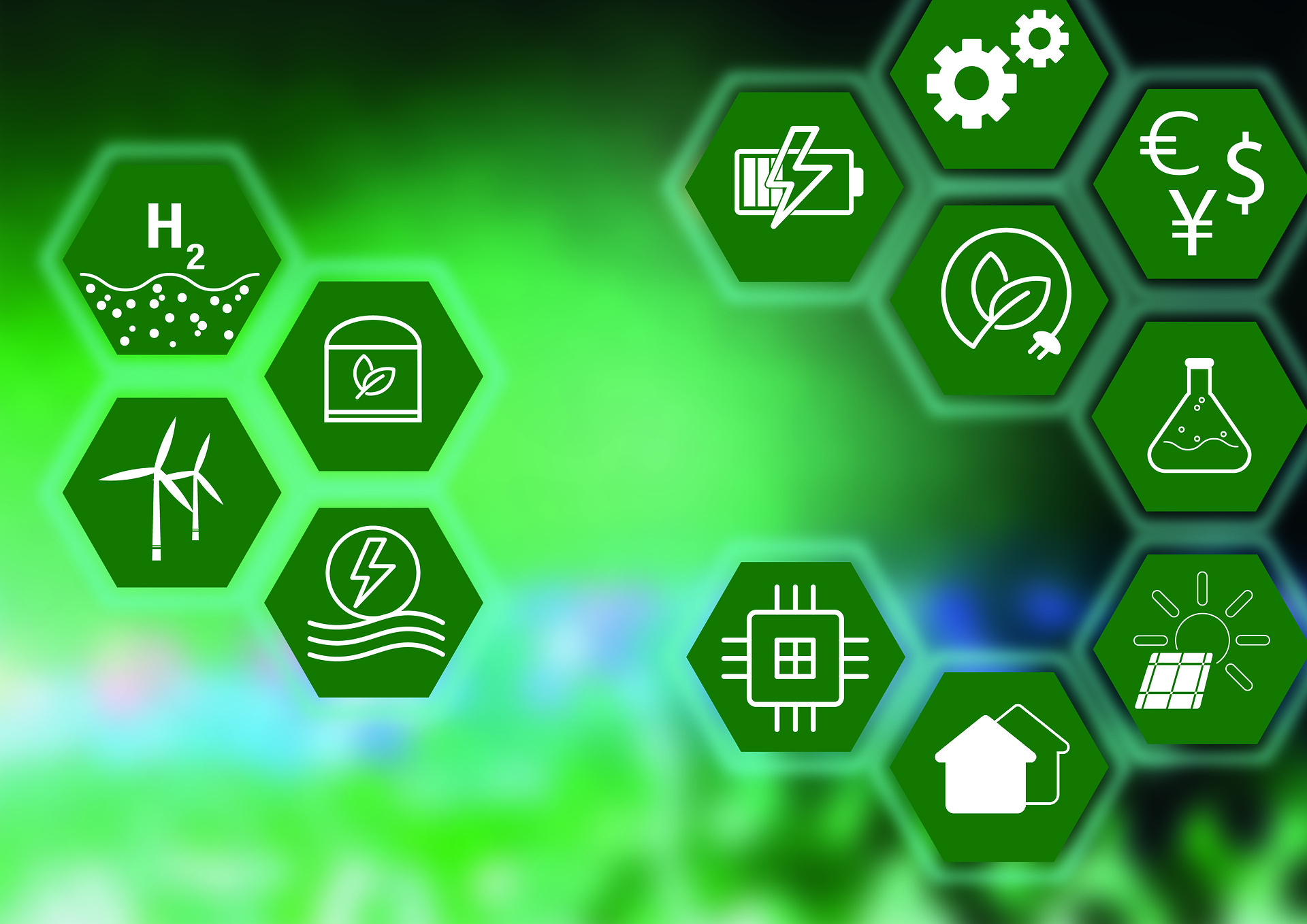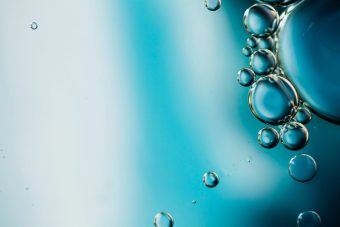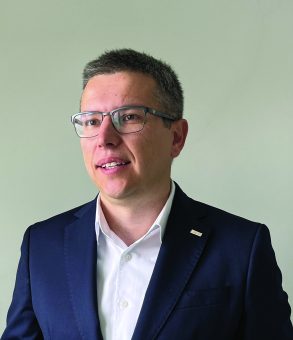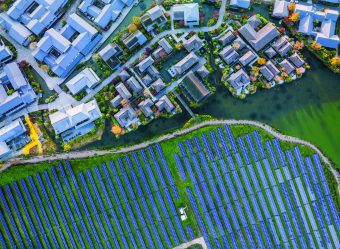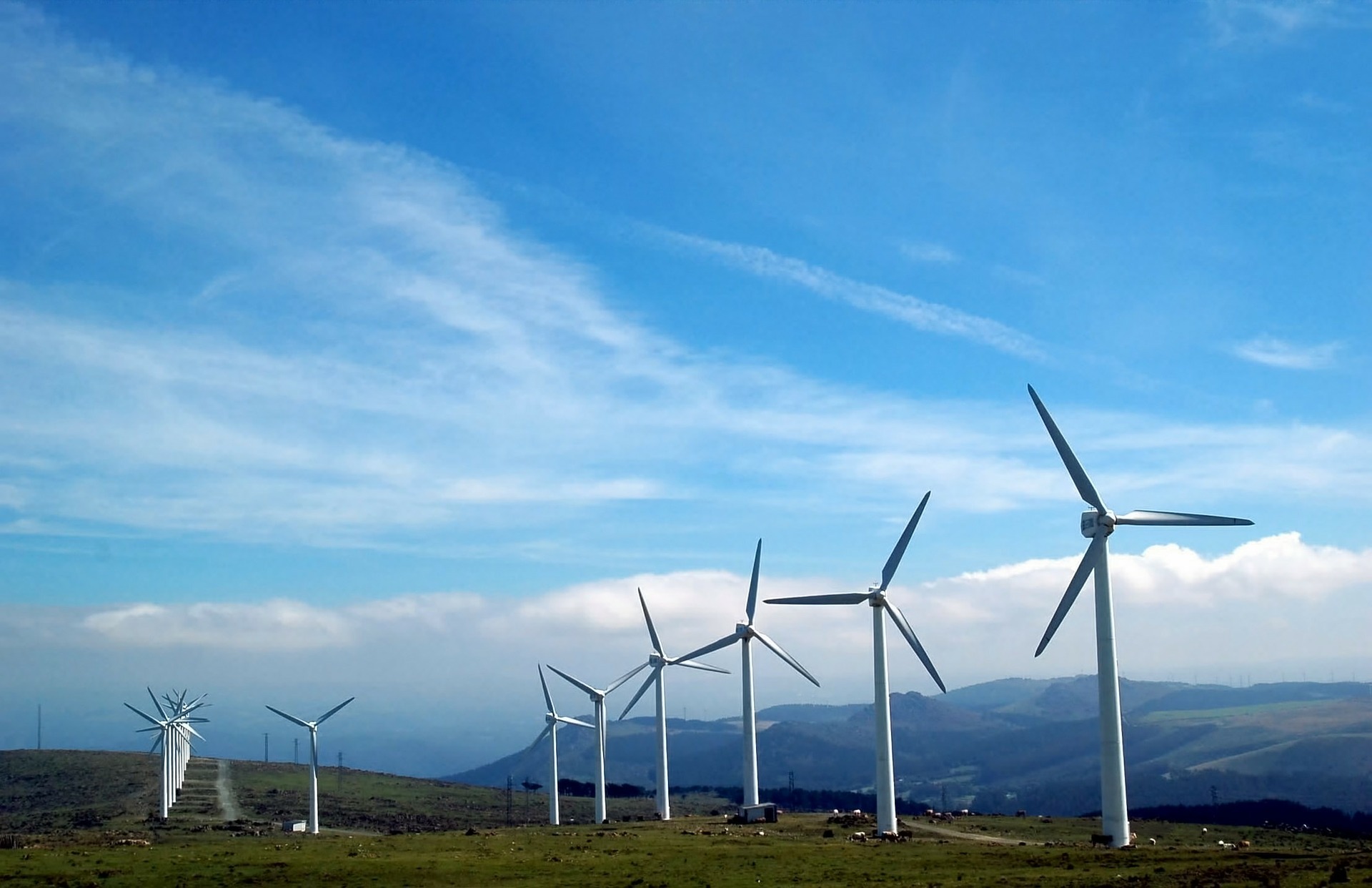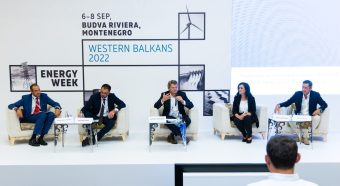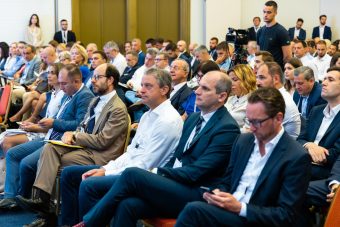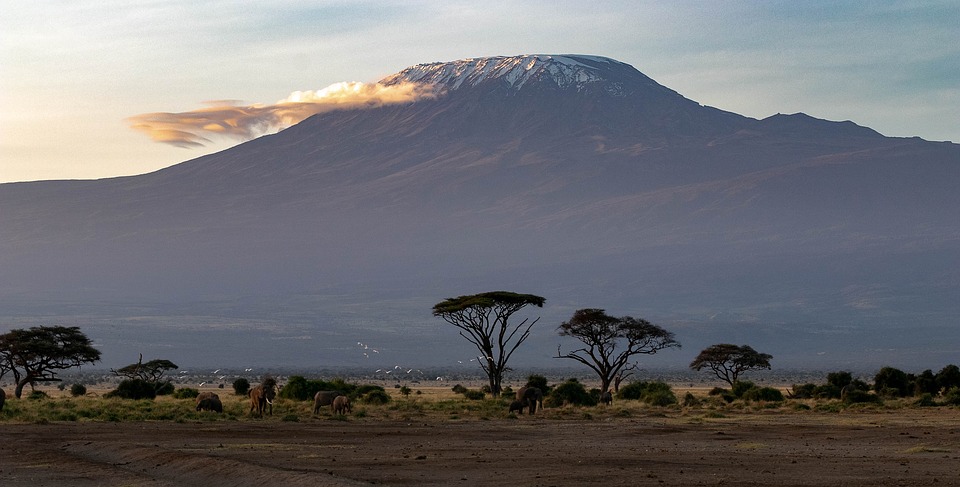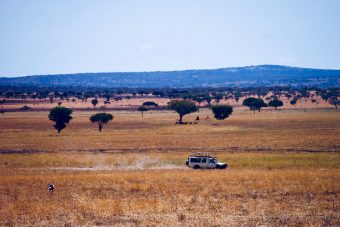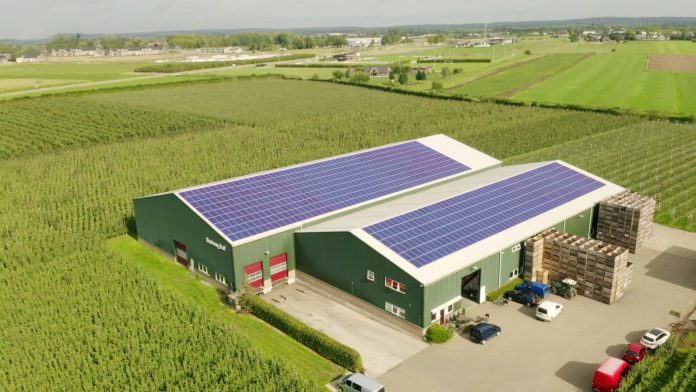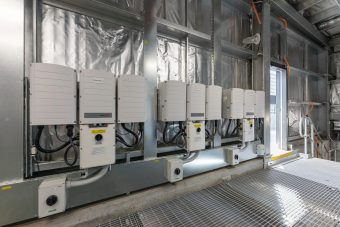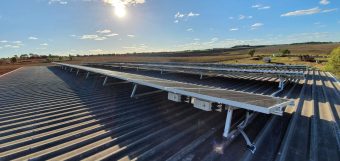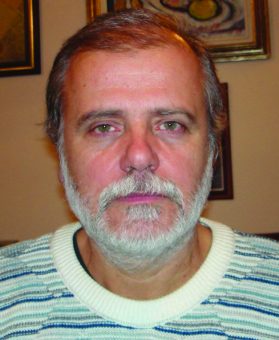
In this article, I will focus only on those electricity sources that use renewable energy, which I know relatively well. These are small hydroelectric power plants, wind farms, solar power plants and power plants that use biomass that they burn directly or generate gas from biomass, mainly used by piston engines with internal combustion.
The basic feature of the first three types of power plants is the great variability of available power. The available power at these power plants is stochastic and can only be partially predicted. It means that the power system to which these power plants are connected must at all times have a working reserve that is at least equal to the power currently generated by small hydropower plants, wind farms and solar power plants. In other words, the installed power in the base part of the power system cannot be reduced at the expense of the installed power in power plants that use renewable energy sources. Power plants that use renewable energy sources can save energy that would otherwise have to be supplied by the base part of the power system. It reduces the consumption of coal, gas and fuel oil in thermal power plants, as well as the release of unwanted gases into the atmosphere.
IN FOCUS:
- WHY SHOULD WE ALL USE SOLAR ENERGY
- SIGNIFICANCE AND APPLICATION OF ESG PRINCIPLES IN THE REAL ESTATE SECTOR
- A MODERN AUTOMATION AND ENERGY PRODUCTION CONCEPT
Given that funds must be invested in constructing power plants that use renewable energy, the number of MWs installed in the power system has been increasing. It leads to a higher fixed part in calculating the electricity price. The variable part in the calculation is zero for these power plants because the energy of water, wind and sun is free. However, the price of electricity in a power system with renewable energy power plants must be higher than in the same power system without renewable energy power plants because the number of installed MWs in such a power system is higher. The price of electricity in thermal power plants depends a lot on the fuel price (coal, oil, and gas). The increase in the prices of these fuels goes in favour of power plants that use renewable energy because their fuel is practically free.
Power plants that use biomass as fuel have less variability in available power. In this respect, these power plants are better than the previous three types. However, biomass must be collected from large areas of arable or other land and delivered to the power plant, incurring transportation, storage, and biogas production costs.
professor PhD Milenko Đurić
Read the story in the new issue of the Energy portal Magazine RENEWABLE ENERGY SOURCES


